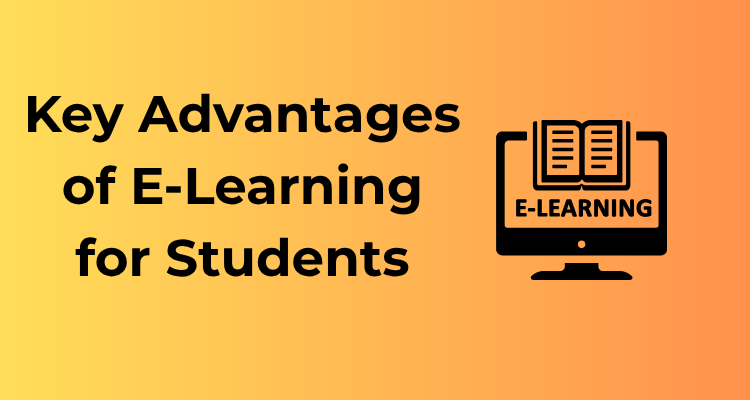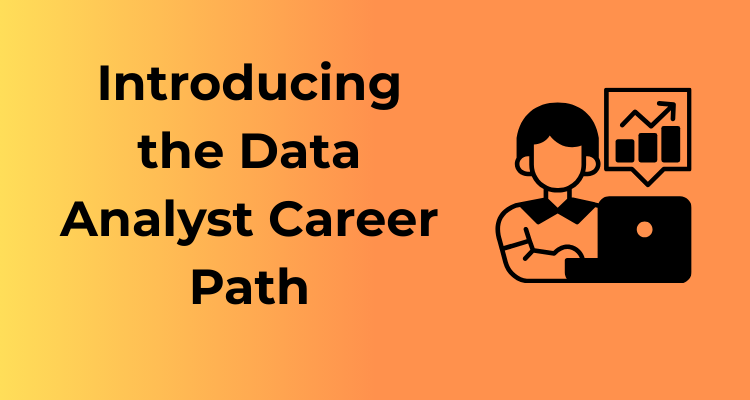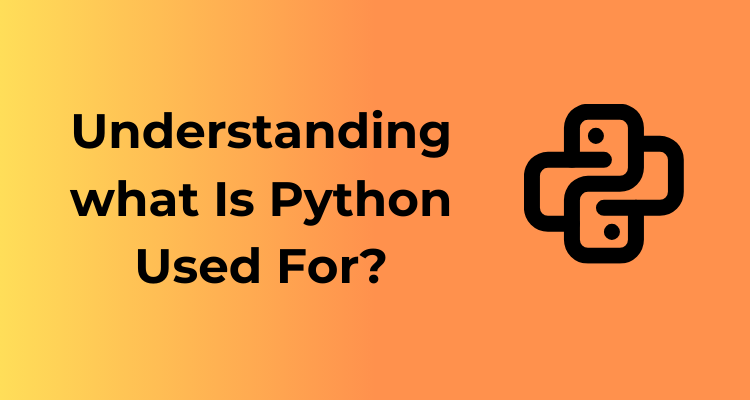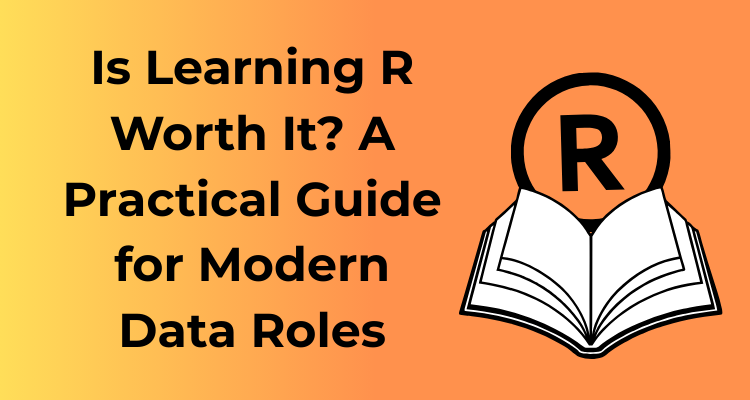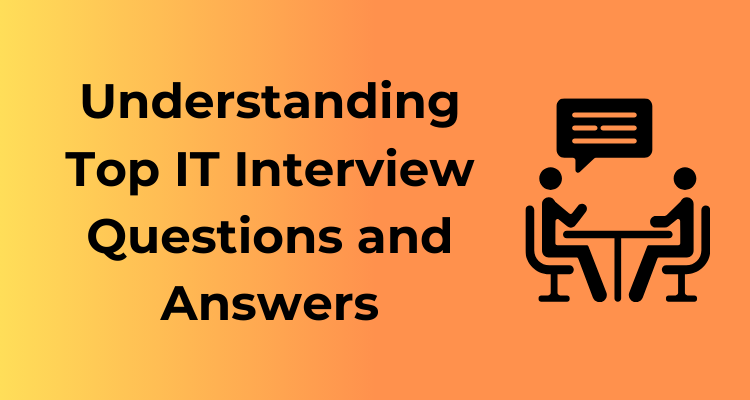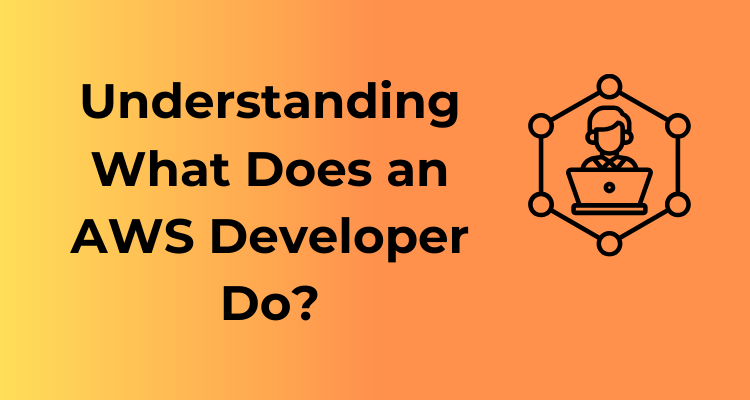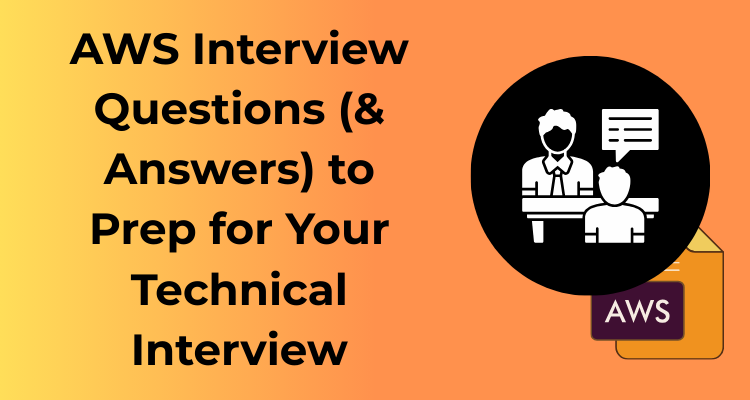Let’s face it: life is busy. Between work, family, and social obligations, carving out time for traditional in-person classes can feel impossible. That’s where e-learning comes in, offering the incredible flexibility to tailor your education to your schedule.
Imagine being able to learn at your own pace, whether you’re a night owl who thrives at 2 a.m. or a morning person who absorbs information better after a strong cup of coffee. With e-learning, you’re no longer bound by rigid classroom schedules. This flexibility empowers you to build your routine, maximizing both learning and productivity.
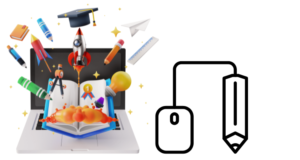
The Freedom to Balance Work and Study
For professionals trying to upskill without stepping away from their jobs, e-learning is a lifesaver. It allows you to integrate world-class courses into your life without having to put your career on hold. You can learn after work, during lunch breaks, or on weekends—it’s entirely up to you.
Students, too, can juggle part-time jobs, internships, and studies without missing a beat. E-learning platforms often offer tools like recorded lectures, peer forums, and flexible deadlines to make this possible.
Learning Anywhere, Anytime
Picture this: you’re on a long train ride or lounging at your favorite coffee shop, and instead of zoning out, you’re diving into the intricacies of coding, speaking fluent Spanish, or mastering graphic design. E-learning unlocks education wherever you are, making it incredibly accessible. All you need is an internet connection and a device—computer, phone, or tablet.
Self-Paced Learning for Every Kind of Learner
Not everyone learns in the same way or at the same speed—and that’s okay! Some people like to dive deep and absorb every detail, while others skim through concepts, connecting the dots on the fly. With e-learning, self-paced learning is built into the experience. You’re in control of how fast or slow you move through the material.
Have you ever been stuck in a traditional classroom, completely lost as the instructor speeds through a topic, or bored to tears because they’re lingering on a concept you already understand? E-learning solves this by letting you pause, rewind, or even skip content that feels redundant. It truly prioritizes the learner’s comfort.
Tips for Maximizing Flexibility
- Set a schedule: Even though e-learning is flexible, having a study routine will keep you accountable and on track.
- Create a distraction-free environment: Designate a quiet, comfortable spot to focus on your learning.
- Use “micro-learning” opportunities: Tackle smaller chunks of material during short breaks throughout your day.
Expanding Access Beyond Geographical Boundaries
Imagine being able to learn from the greatest minds, regardless of where you are—whether it’s a small town in the countryside or a bustling city on the other side of the globe. Welcome to the transformative world of e-learning, where geographical barriers are a thing of the past! Let’s dive into how e-learning has completely redefined access to education and professional development opportunities, making quality learning more inclusive and widespread than ever.
A Global Classroom at Your Fingertips
Thanks to the internet and advanced technology, you no longer need to physically attend a specific institution in your city or country. With e-learning, the classroom has no walls! Students can enroll in top-tier universities, participate in workshops hosted by international experts, or attend credentials-based courses from organizations in any corner of the world—all without ever stepping onto a plane.
For instance, platforms like Coursera, edX, and Khan Academy make courses from Ivy League universities, such as Harvard or Stanford, accessible to learners worldwide. And the best part? You can access these courses whether you’re sipping coffee in your kitchen or sitting under the stars in your backyard.
Equal Opportunities for Diverse Learners
E-learning has broken down long-standing barriers, offering equal learning opportunities to students and professionals who may have been excluded previously due to distance, cost, or other constraints. For individuals in remote or underserved areas, this means finally being able to enhance their skills without relocating or uprooting their lives.
Additionally, e-learning empowers those juggling multiple responsibilities, such as parents or working professionals, who might not have the luxury of traveling for education. It bridges the gap between ambition and practicality by bringing everything directly to you.
The Power of Cultural and Professional Networks
When you engage in online learning, you’re not just gaining knowledge—you’re rubbing virtual elbows with peers from all around the world. Talk about an exciting cultural exchange! These interactions help foster understanding, build global networks, and open doors to collaboration in your personal and professional life.
For example, participating in courses with international cohorts can expose you to diverse perspectives and approaches to problem-solving. This is a vital skill in today’s interconnected job market where cultural competence and adaptability hold great value.
Flexibility in Learning Formats
A unique aspect of e-learning is its ability to offer varied formats tailored to your preferences, further enhancing global access. Whether you prefer live discussions, recorded sessions, or self-paced structures, there’s something for everyone. For students in different time zones, this flexible scheduling ensures they can participate with minimal disruption.
Tips for Making the Most of Cross-Boundary Learning
- Leverage time zone differences: Use asynchronous options to your advantage—leave thoughtful questions or contributions during forum discussions that peers from other time zones can respond to.
- Be culturally curious: Take the opportunity to learn about your classmates’ traditions and approaches to topics—it’s a two-way exchange!
- Explore local resources too: While engaging in global learning, don’t forget to research how technology and collaborative learning apply to your local context or industry.
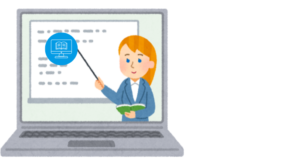
Keeping Costs Manageable for Quality Education
Let’s face it—we all know that traditional education can sometimes come with a hefty price tag. Between tuition, textbooks, commuting, and other miscellaneous expenses, pursuing learning in a traditional brick-and-mortar setup can quickly weigh on your wallet. Enter e-learning, the cost-friendly hero for students and professionals alike!
Why is e-learning so much more affordable?
When we think about e-learning, we’re really diving into an ecosystem that reduces a lot of the usual barriers to education costs. Here’s why:
- No Commuting Costs: Let’s start with an obvious one—there’s no need to spend on gas, public transport, or ride-sharing apps. Your learning environment can be as close as your living room (or even your bed—no judgment!).
- Material Savings: Many e-learning courses offer digital materials instead of expensive textbooks. PDFs, online portals, and multimedia resources completely eliminate the need for stacks of physical copies.
- No Infrastructure Overhead: Without the need to maintain a campus, large buildings, or physical spaces, organizations can pass on these savings to students. It’s education without the middleman.
- Pay for What You Need: Unlike traditional academic programs that often bundle unnecessary courses, e-learning platforms allow you to tailor your experience by only paying for the classes or certifications you actually need. That’s value-driven knowledge at its best.
It’s About Accessibility, Not Just Affordability
Did you know one of the hidden costs of traditional education is the rigid structure imposed on your lifestyle? Whether it’s losing income through time taken off work, having to move to a new city, or simply having to juggle your current responsibilities, traditional setups often require sacrificing a lot to succeed. E-learning shatters that norm.
Here’s the beauty of e-learning: By keeping costs down, it doesn’t just make education cheaper—it makes it more accessible. Whether you’re an ambitious high schooler, a working parent, or a professional chasing career advancement, the manageable financial demands of e-learning mean more people can harness these opportunities without fear of crushing debt.
How to Get the Most for Your Money in E-Learning
Okay, so you’ve decided e-learning is for you (a great choice, by the way!), but how do you ensure you’re getting bang for your buck? Here are a few pro tips:
- Use Free or Low-Cost Platforms: Many reputable organizations, from universities to tech companies, offer free courses or affordable subscriptions. Be sure to check platforms like Coursera, Udemy, or edX.
- Look for Accredited Programs: Keep quality in mind by enrolling in courses with respected accreditations. They might cost a little more upfront, but they’ll pay off in terms of job market credibility.
- Leverage Online Communities: Even if a paid course feels out of reach, there are thriving online forums, YouTube channels, and open-access resources offering excellent supplemental material—often at no cost.
Customizing Learning for Individual Needs
Let’s talk about one of the coolest aspects of e-learning: the ability to customize your educational experience. Whether you’re a high school student mastering tricky math concepts, or a professional looking to gain an edge in your career, e-learning can be tailored to fit your unique needs. Sounds great, doesn’t it? Let’s dive into how this works and why it’s such a game-changer!
1. Learn at Your Own Speed
Not everyone absorbs information at the same pace, and that’s perfectly okay. Traditional classrooms often have a one-size-fits-all approach, which can leave some students struggling to keep up while others breeze through. With e-learning, you’re in charge of your learning rhythm. You can pause videos, re-read materials, or even revisit whole lessons until you’re confident. No judgment, no pressure—just pure learning at your speed.
2. Pick Topics That Truly Matter to You
Ever felt stuck sitting through content that you know isn’t relevant to your goals? With e-learning platforms, you get to curate your learning journey. Want to dive into artificial intelligence or brush up on graphic design? No problem! There are courses, webinars, and materials focused specifically on the skills and knowledge you’re looking for. You can essentially build your menu of educational snacks and meals. Yum!
3. Adjust Formats to Suit Your Style
Learning is no longer limited to textbooks or lengthy lectures. Everyone absorbs information differently, and e-learning recognizes that. Whether you’re a visual learner who thrives on infographics and videos, or someone who prefers podcasts and audiobooks, there’s something for you. This approach makes studying more enjoyable—and effective.
4. Utilize Smart Learning Tools
Another remarkable feature of e-learning is the wide array of smart tools available to personalize your experience. For instance, AI-driven platforms can analyze your progress and suggest areas where you might need extra attention. These tools adapt based on your behavior, making every moment you spend learning as productive as it can be. Think of it as having a personal tutor at your fingertips, 24/7.
5. Flexible Schedules for Real Lives
People are busy. Between work, family, hobbies, and social life, squeezing in traditional classes can seem impossible. E-learning lets you slot in your education when and where it suits you. Whether you’re a night owl or an early bird, you can structure lessons around your daily life. Isn’t that amazing? It’s education tailored to fit your schedule, not the other way around.
Why Tailored Learning Matters
At the heart of this customization is the idea that learning isn’t just about gaining knowledge—it’s about enabling individuals to succeed based on their unique goals. When education feels more personal, we’re naturally more engaged and motivated. It’s no longer a chore, but an investment in ourselves.
- If you’re a student trying to ace exams, tweaking your e-learning approach can help reinforce difficult concepts.
- If you’re a professional climbing the career ladder, you can zero in on certifications and skills your industry demands.
Integrating Skill Development Seamlessly
Have you ever wondered how e-learning has made mastering new skills a breeze? Well, welcome to the age of seamless skill development! One of the key advantages of e-learning lies in its ability to not just teach you new concepts, but to actually immerse you in the process of building skills that are directly relevant to your goals. Let’s dive into why this aspect of online learning is a game-changer for students and professionals.
Bridges the Gap Between Theory and Practice
The beauty of e-learning is that it doesn’t stop at delivering information; it goes further by incorporating hands-on experiences. Many platforms offer simulations, practical assignments, and real-world case studies. For instance, coding bootcamps provide interactive coding platforms where learners can practice what they learn in real-time. If you’re taking a digital marketing course, you might find modules where you create an actual campaign on social media. This isn’t just learning—it’s doing!
Tailored to Your Career Goals
E-learning platforms often offer short courses, micro-credentials, and certifications tailored to specific skills you might need in your career. Say you’re working in project management and suddenly find yourself wanting to master Agile methodology. You can jump into a targeted Agile course that’s all about skill-building and less about wading through irrelevant content just to get to the point you care about.
Even better, many courses are designed in collaboration with industry experts, ensuring the techniques and tools you’re learning are up-to-date and in demand. That’s a win-win for you and your resume.
On-the-Go Skill Building
We get it—life gets busy. That’s why the mobility of e-learning is such a boon. You don’t need to be tied to a traditional classroom to learn. Got a long bus ride? Pop in your headphones and listen to a tutorial. Waiting for an appointment? Review your flashcards on your smartphone. E-learning platforms like Coursera and EdX ensure you can actually practice your skills wherever and whenever you find the time.
Instant Feedback and Improvement
Another cool aspect of gaining skills through e-learning is how quickly you can measure your progress. Many courses include quizzes, challenges, or self-assessment tasks that let you spot areas to improve right away. You’re no longer left wondering if you’re really “getting it”—instead, you see your results immediately and can pivot as needed. For skill-building, this immediate feedback loop is priceless.
Building Future-Ready Skills
Seamless skill development via e-learning isn’t just about excelling in your current role—it’s about preparing for a technology-driven future. Skills like coding in Python, data visualization, or even developing soft skills like leadership and communication are essential in today’s workplace. E-learning gives you the tools to learn these skills without setting foot in a classroom, letting you future-proof your career in a way that’s flexible and achievable.
Bonus: A Portfolio of Tangible Proof
Finally, many e-learning platforms allow you to compile a portfolio as you complete skill-based projects. Imagine taking an online design course and emerging with not only new knowledge but a comprehensive portfolio of work to showcase to employers. That’s what we call bragging rights!
Relevance in a Technology-Driven Workforce
Ever feel like you’re barely keeping up with the rapid pace of technological advancements? Trust me, you’re not alone. We live in a world where technology seems to evolve faster than we can process, and keeping our skills sharp is no longer optional—it’s essential.
This is where e-learning truly shines. Whether you’re a student preparing for the job market or a professional looking to stay ahead in your career, online education provides just the right tools to keep you relevant. How? Let’s break it down in simple and practical terms.
Stay Ahead of the Curve
The modern workforce depends heavily on technology, and the demand for tech-savvy individuals is skyrocketing. With e-learning platforms, it’s easy to dive into areas like data analytics, AI, programming, or software development, accommodating the needs of employers worldwide. What’s better? You can access these educational gems anytime, anywhere—a feature made for today’s busy lifestyle.
Pro tip: If you’re just starting, look for beginner-friendly courses in coding or digital marketing. Many platforms, such as Coursera or Udemy, even offer certifications when you complete their programs!
No Industry Left Untouched
When we think of tech skills, we often associate them with IT or engineering. But the beauty of e-learning is that it equips you for industries far beyond Silicon Valley. For instance, fields like healthcare, education, retail, and the arts are being increasingly shaped by technology. The rise of telemedicine, e-books, and digital design illustrates this shift beautifully.
Need to sharpen your understanding of telemedicine tools? Looking to learn 3D modeling for your design studio? E-learning platforms have you covered with tailored courses that fit your specific needs.
Accessible for Lifelong Learning
The great thing? You don’t need to be a tech genius to make the most of these opportunities. E-learning takes the intimidation out of diving into new technologies. Thanks to user-friendly interfaces and a step-by-step learning approach, even individuals who don’t identify as “tech-savvy” can master new tools with ease.
- Take a short course on Excel to improve workplace efficiency.
- Explore UX/UI design trends to upgrade your creativity toolkit.
- Boost your knowledge of cybersecurity basics—an invaluable skill in today’s digital age.
The Beauty of Immediate Updates
Another reason e-learning is perfect for staying relevant in a tech-driven workforce is its ability to incorporate real-time updates. Let’s face it, traditional education methods often take years to adapt to industry changes. Online learning platforms, however, can tweak and enhance their content almost instantly.
A new programming language trending? You can be sure there’s already a course on it the next month. This kind of responsiveness ensures that your skills are always in demand.
Minimizing Distractions Compared to Traditional Settings
Let’s face it: traditional learning environments, as valuable as they might be, can sometimes be full of distractions. From classmates chatting during lectures to the general buzz of a crowded room, focus can sometimes feel elusive. E-learning, on the other hand, offers a refreshing remedy to this challenge by minimizing distractions and allowing learners to create their own optimal learning environments. Let’s explore why this is such a game-changer!
1. Control Your Learning Environment
One of the greatest perks of online learning is the ability to design your perfect workspace. Whether you’re someone who thrives in total silence or gets into the zone with some soft background music, you get to control your surroundings. There’s no need to deal with the chaos of a packed classroom, and you can say goodbye to constant interruptions that can break your focus. Now your learning environment can be one that works for you.
2. Reduced Peer-Pressure and Noise
Let’s be honest: learning alongside peers can sometimes come with its own set of challenges. You may feel self-conscious when you don’t immediately grasp a concept, or you might feel distracted when trying to keep up with others. Online education eliminates that peer-pressure dynamic, allowing you to immerse yourself in the material at your own pace without worrying about what others are doing. In addition, there’s no background noise to compete with except what you choose to allow!
3. Pause, Replay, and Refocus
Ever feel like you missed something important in class but were too shy to ask the teacher to repeat it? Online courses often include recorded lectures, which means you can pause, rewind, and rewatch sessions as often as needed. This feature not only minimizes the impact of distractions during the session but also helps ensure nothing important slips through the cracks.
4. No Annoying Commutes or Crowds
For many students, physical classrooms come with the added stress of long commutes and navigating crowded hallways. Both of these factors can leave you exhausted before you even begin your lessons. Online learning eliminates these distractions entirely. You engage with your material right from the comfort of home—or your favorite coffee shop—saving energy and improving focus.
5. Tailored Schedules Improve Concentration
Some people focus best in the morning, while others perform better later in the day. When you’re in a conventional classroom, there’s little flexibility, and you may find that classes are held at times when you’re not functioning at your best. With e-learning, you can match your coursework to your personal peak productivity hours, setting yourself up for maximum focus and minimal external distractions.
6. Tools and Technology Help Keep You On Track
Advanced e-learning platforms often come with built-in tools to help you manage distractions. Features like “focus mode” on apps, reminders, to-do lists, or even guided meditation breaks can help create a focused and structured learning experience. The best part? The technology is all about empowering you—not pressuring you.

